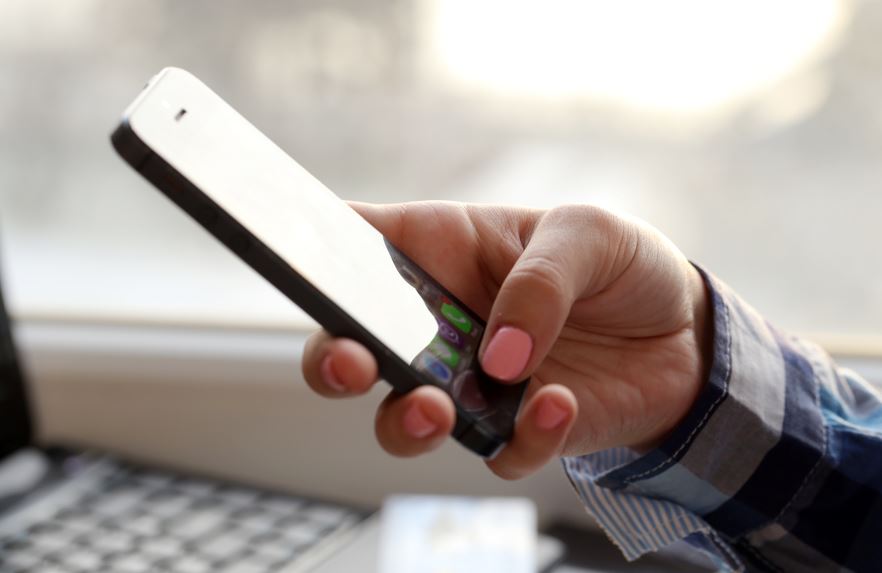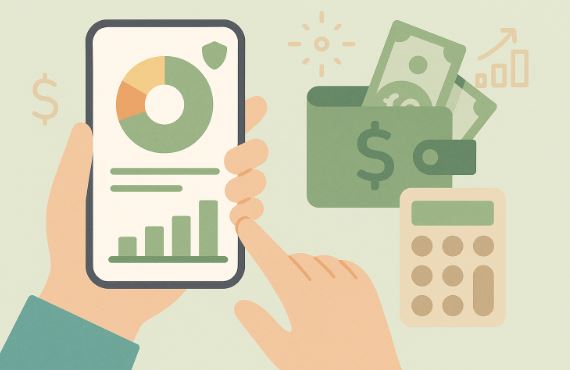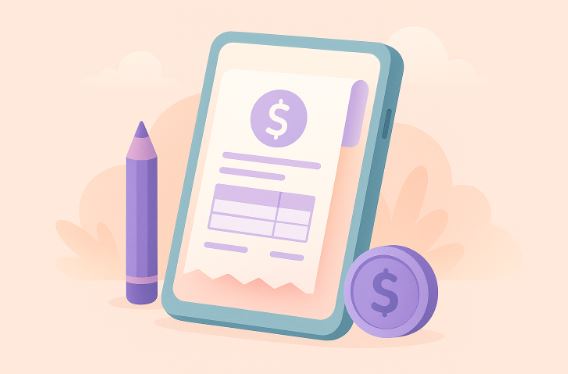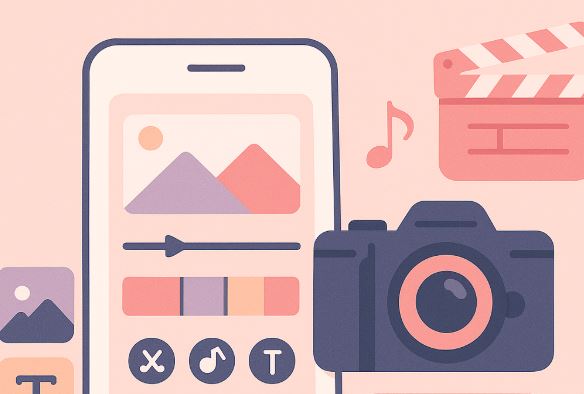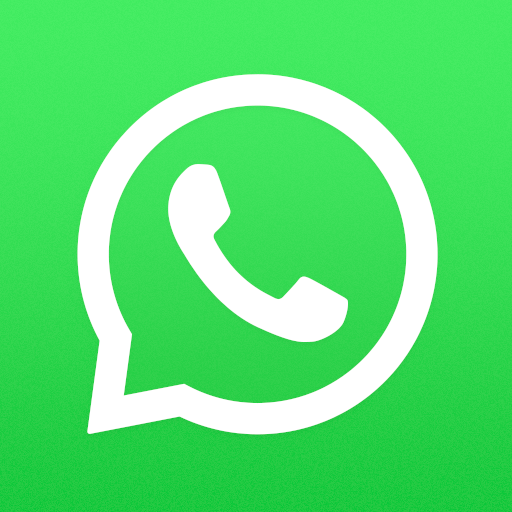How to transfer your data to a new iPhone easily
20th July 2024
Peter Samos
If you are in the process of transitioning to a new iPhone and are uncertain about how to effectively transfer all pertinent data, look no further for guidance.
Our services will provide a comprehensive walkthrough of the uncomplicated and proficient methods for transferring your data to your new device. By availing yourself of these methods, you can save time and effort, while ensuring the successful transfer of all critical information.
Regardless of whether you opt to utilize iCloud, iTunes, or Quick Start, our expert guidance will lead you through the straightforward processes to facilitate a smooth transition. We are prepared to initiate the process of transferring your data with minimal complications.
Why Transfer Your Data to a New iPhone?
The transfer of data to a new iPhone is a seamless process designed to facilitate a smooth transition to an upgraded device. This procedure aims to save time and effort by securely transferring all important data, such as contacts, photos, apps, settings, and more, to the new device.
The simplicity of data transfer to a new iPhone enables users to resume their digital activities seamlessly, maintaining continuity from their previous device. Efficiency plays a crucial role in setting up a new device, and the user-friendly nature of the transfer process simplifies the overall experience. By ensuring the security of data during the transition, users can have peace of mind knowing that their personal information is safeguarded. This streamlined process not only eliminates the need for manual transfer of each item but also reduces the likelihood of data loss or errors.
1. Save time and effort
One of the primary motivations for transferring data to a new iPhone is to enhance efficiency and convenience by simplifying the migration process, enabling a swift and straightforward transfer of data through a user-friendly interface.
When transitioning to a new iPhone, the smooth transfer of contacts, photos, applications, and other critical data becomes vital. The intuitive procedures involved in transferring data from the previous device to the new one facilitate a seamless process. With minimal effort, users can efficiently relocate their information, ensuring a prompt transition to the new iPhone without any disruptions. This effective approach not only optimizes time management but also minimizes the likelihood of data loss or inaccuracies during the migration.
2. Ensure all important data is transferred
When carrying out the data transfer process to a new iPhone, users can be assured that all essential data, encompassing contacts, photos, applications, and configurations, will be efficiently transferred. This guarantees a reliable and comprehensive data migration procedure with inherent mechanisms for preventing data loss.
The setup process of the new iPhone encompasses clear and structured instructions, facilitating a seamless transfer of data. Adhering to these instructions minimizes the chances of overlooking critical information. This smooth transition ensures that the new device perfectly mirrors the previous one, resulting in a trouble-free experience and the preservation of all data. Allocating time for the transfer of all pertinent data facilitates a seamless continuation of using the new iPhone without disruptions, thereby allowing users to maintain their digital ecosystem effortlessly and effectively.
3. Avoid losing important information
When transferring data to a new iPhone, one can mitigate the risk of data loss, including essential information like contacts, photos, applications, and preferences. This process aims to ensure a secure and seamless migration process, bolstered by enhanced data security protocols.
The prospect of data loss during the migration presents challenges and potential setbacks, underscoring the necessity of robust backup solutions. Implementation of adequate data security measures is paramount to safeguard personal and confidential information during the transition. By creating backups of data prior to the transfer to the new iPhone, individuals can take comfort in the knowledge that their valuable data is shielded and easily recoverable in the event of any transfer mishaps. These preemptive measures serve to streamline the device reconfiguration process, saving time and effort, while concurrently minimizing the likelihood of data loss.
What You Need to Transfer Your Data?
To transfer data to a new iPhone, it is necessary to have the new iPhone itself, a computer or iCloud account for backup and storage, and either a lightning cable for a wired connection or a Wi-Fi connection for wireless transfer. These components are essential for ensuring a smooth and efficient data migration process.
Once the required devices and connections are established, the transfer process can be initiated by connecting the old iPhone to the computer or iCloud to perform a backup. This initial step is critical as it guarantees the secure storage of all data, encompassing contacts, photos, messages, apps, and settings, before it is transferred to the new device. Subsequently, after the backup is successfully completed, the new iPhone can be connected to the same computer or iCloud account to commence the data transfer process.
Apple offers seamless transfer methods that simplify the retrieval of backed-up data and its restoration onto the new iPhone. This streamlined process ensures that access to all important information is readily available without encountering any difficulties or inconveniences.
1. A new iPhone
The primary requirement for transferring data to a new iPhone is, undoubtedly, the acquisition of the new iPhone itself, which serves as the upgraded device facilitating a seamless data management and transfer process.
Plus serving as the primary device for data transfer, the new iPhone assumes a crucial role in enhancing the overall user experience. Leveraging its advanced technology and features, users can effectively manage and migrate their data from their previous devices. This not only guarantees a smooth transition to the new device but also ensures that crucial information is securely transferred without any loss or complications.
The new iPhone streamlines the data transfer process, making it the preferred option for users seeking to upgrade their smartphones.
2. A computer or iCloud account
Another critical requirement for transferring data to a new iPhone is the necessity of having access to a computer or an iCloud account. These platforms offer user-friendly backup and cloud storage options that facilitate seamless data transfer.
By utilizing a computer or iCloud account during the data transfer process, users not only ensure the safety of their information but also simplify the entire migration experience. The backup and cloud storage capabilities provided by these platforms enable users to securely store their data and access it from any location at any time. This flexibility allows for a smooth transition between devices without the risk of data loss.
The convenience of having all data backed up and easily accessible in the cloud greatly enhances the efficiency of the transfer process and reduces the likelihood of any potential disruptions.
3. A lightning cable or Wi-Fi connection
To transfer data to a new iPhone, the user will need to utilize either a lightning cable for a wired connection or a Wi-Fi connection for wireless transfer. These options enable efficient data synchronization and facilitate the transfer process in a streamlined manner.
The lightning cable serves as a secure and reliable method for data transfer, ensuring a stable connection between the devices involved. Conversely, a Wi-Fi connection offers the convenience of wireless syncing, eliminating the need for physical cables and enhancing user experience.
This seamless transfer process not only saves time but also guarantees the accurate migration of data without any risk of loss or corruption. Whether opting for the lightning cable or Wi-Fi connection, both alternatives offer a user-friendly approach to seamlessly transfer data to a new iPhone.
How to Transfer Your Data to a New iPhone Using iCloud?
The process of transferring data to a new iPhone using iCloud entails first backing up the data from the old iPhone to iCloud and then configuring the new iPhone with this iCloud backup. This method offers a straightforward and secure approach for a smooth data transition.
Initiating the procedure requires both the old and new iPhones to be connected to a stable Wi-Fi network. On the old iPhone, navigate to Settings, access the user profile section, choose iCloud, proceed to iCloud Backup, and initiate the backup process by selecting 'Back Up Now'. Subsequently, on the new iPhone, follow the setup prompts until reaching the 'Apps & Data' screen. Opt for 'Restore from iCloud Backup' and log in to your iCloud account. Identify the most recent backup from the provided list and allow the new iPhone to complete the data restoration process. This systematic approach ensures a seamless transfer of critical files, photos, contacts, and settings to the new device.
1. Backup your old iPhone to iCloud
The initial step involved in transferring data to a new iPhone utilizing iCloud is to create a backup of your old iPhone through iCloud. This approach ensures a smooth and secure process that places a high emphasis on data security and the seamless migration of information.
The backup procedure is meticulously crafted to protect all vital data, encompassing contacts, messages, photos, and applications, enabling you to effortlessly retrieve them on your new device. By synchronizing your old iPhone with iCloud, you can have confidence in the fact that your information is encrypted and securely stored within a cloud environment, facilitating convenient access from any location at any time. The automatic backup functionality of iCloud guarantees that your data remains current without necessitating manual intervention, thus streamlining the entirety of the transition process.
2. Set up your new iPhone using the iCloud backup
After backing up the old iPhone to iCloud, the subsequent step involves configuring the new iPhone using the iCloud backup. This ensures a seamless and reliable data transfer process that effectively merges your prior data.
The process of setting up the new iPhone with the iCloud backup is simple and uncomplicated. Begin by powering on the new device, choosing your preferred language, and connecting to a Wi-Fi network. Subsequently, opt for the 'Restore from iCloud Backup' feature and log in with your Apple ID credentials. Following this, select the desired backup file from iCloud and allow the device to proceed with the restoration process. By employing this method, you can effortlessly transfer your contacts, photos, apps, and settings, facilitating a smooth transition to your new device.
How to Transfer Your Data to a New iPhone Using iTunes?
The process of transferring data to a new iPhone using iTunes entails an initial step of backing up the old iPhone to iTunes and subsequently restoring the new iPhone with the iTunes backup. This method ensures a streamlined and efficient synchronization process to facilitate seamless data transfer.
To commence the transfer procedure, it is necessary to connect the old iPhone to a computer and launch the iTunes application. Within iTunes, proceed to the device icon and opt for the 'Back Up Now' feature to generate a comprehensive backup encompassing all data categories such as applications, photos, contacts, and settings.
Upon the completion of the backup operation, disconnect the old iPhone and link the new iPhone to the computer. Within iTunes, select the 'Restore Backup' function and designate the most recent backup that was created. It is essential to allow the restoration process to conclude, ensuring that both devices remain connected throughout the entirety of the process.
Subsequently, the new iPhone will contain all the data transferred from the old device, thereby facilitating a successful data migration.
1. Backup your old iPhone to iTunes
For the process of transferring data to a new iPhone using iTunes, it is recommended to commence by backing up the data from the old iPhone to iTunes. This procedure ensures a reliable and efficient migration of data to the new device.
iTunes provides a method that conveniently secures all important information, such as contacts, messages, photos, and app data, in a secure location. By creating a backup through iTunes, the risk of data loss during the transition is effectively minimized. This systematic approach not only saves time but also guarantees that the new iPhone accurately replicates the content and settings of the previous device. By following this backup process, the data transfer becomes a seamless experience, enabling users to enjoy their new device without encountering any data-related challenges.
2. Restore your new iPhone using the iTunes backup
After completing the backup of your previous iPhone using iTunes, proceed to initiate the restoration process for your new iPhone utilizing the iTunes backup. This method ensures a prompt and comprehensive setup procedure that efficiently transfers all your data to the new device.
To commence the restoration process, first, connect your new iPhone to your computer and launch iTunes. Subsequently, select your device within the iTunes interface and opt for the 'Restore Backup' function. Here, you will be able to designate the most recent backup of your former iPhone. iTunes will then commence the restoration process, transferring all your saved preferences, applications, images, contacts, and additional data to your new device. This streamlined approach not only saves time but also guarantees that your new iPhone replicates the familiar configuration of your previous device, facilitating a seamless and stress-free transition.
How to Transfer Your Data to a New iPhone Using Quick Start?
The process of transferring data to a new iPhone through Quick Start necessitates both iPhones to operate on iOS 12.4 or later. To initiate the transfer, position both iPhones in close proximity and adhere to the on-screen prompts to seamlessly transfer your data.
When commencing the transfer, it is imperative that both iPhones are connected to Wi-Fi and plugged in. Quick Start will establish a private Wi-Fi network between the devices to facilitate a secure transfer process. Your new iPhone will exhibit a dynamic animation that can be scanned using your current iPhone to commence the migration procedure. The transfer encompasses the migration of settings, app data, photos, videos, messages, and additional content, thereby obviating the need for manual data transfer. Upon completion of the transfer process, your new iPhone will replicate the content and settings of your previous device, thereby facilitating a smooth transition.
1. Ensure both iPhones are running iOS 12.4 or later
Ahead of initiating the data transfer process using Quick Start, it is imperative to verify that both iPhones are operating on iOS 12.4 or later versions. This compatibility prerequisite is essential in facilitating a smooth and intelligent migration of data between the two devices.
The significance of adhering to this compatibility requirement lies in establishing a secure and proficient connection for the seamless transfer of data. Ensuring compatibility with iOS guarantees a streamlined migration process, thereby reducing the likelihood of errors or disruptions.
By ensuring that the system requirements are met, users can be confident that their data will be transferred with precision and expediency. It is advised to verify and update the iOS version on both devices before commencing the Quick Start transfer to enhance the efficiency and reliability of the data migration process.
2. Place both iPhones near each other
To commence the Quick Start data transfer process, it is necessary to position both iPhones in close proximity to one another to establish a wireless connection. This connection is instrumental in facilitating a smooth and efficient transfer of your data to the new iPhone.
Once the devices are in proximity, a prompt will emerge on the screen of the current iPhone, prompting the user to utilize their Apple ID for the synchronization of the devices. It is important to adhere to the on-screen instructions to verify and authorize the transfer. The use of a wireless connection guarantees that your photos, contacts, applications, and settings are seamlessly migrated to the new device without the requirement of cables or additional software. This method not only saves time but also guarantees the secure transfer of all essential data to the new iPhone.
3. Follow the on-screen instructions to transfer data
Adhere to the on-screen instructions presented on both iPhones for the purpose of transferring your data seamlessly via Quick Start. This will ensure an intuitive and user-friendly process that enhances the efficiency of the data migration experience.
As you progress through the sequential steps, you will observe how the Quick Start functionality simplifies the data transfer process by seamlessly guiding you through each task. The clarity of instructions and interactive prompts facilitates a comprehensive understanding and smooth execution of each action. By closely following the instructions displayed on both devices, users can promptly establish a secure connection between the two iPhones, thereby enabling a swift and secure transfer of photos, videos, contacts, and other data. This seamless procedure reduces the likelihood of errors, guaranteeing the accurate and efficient transfer of your data.
